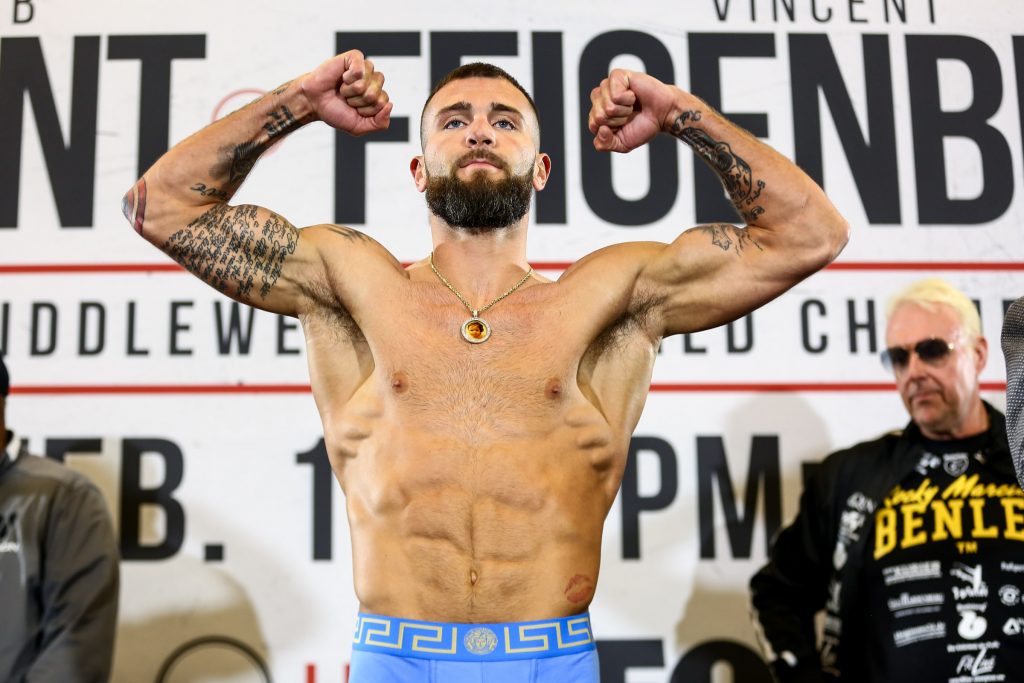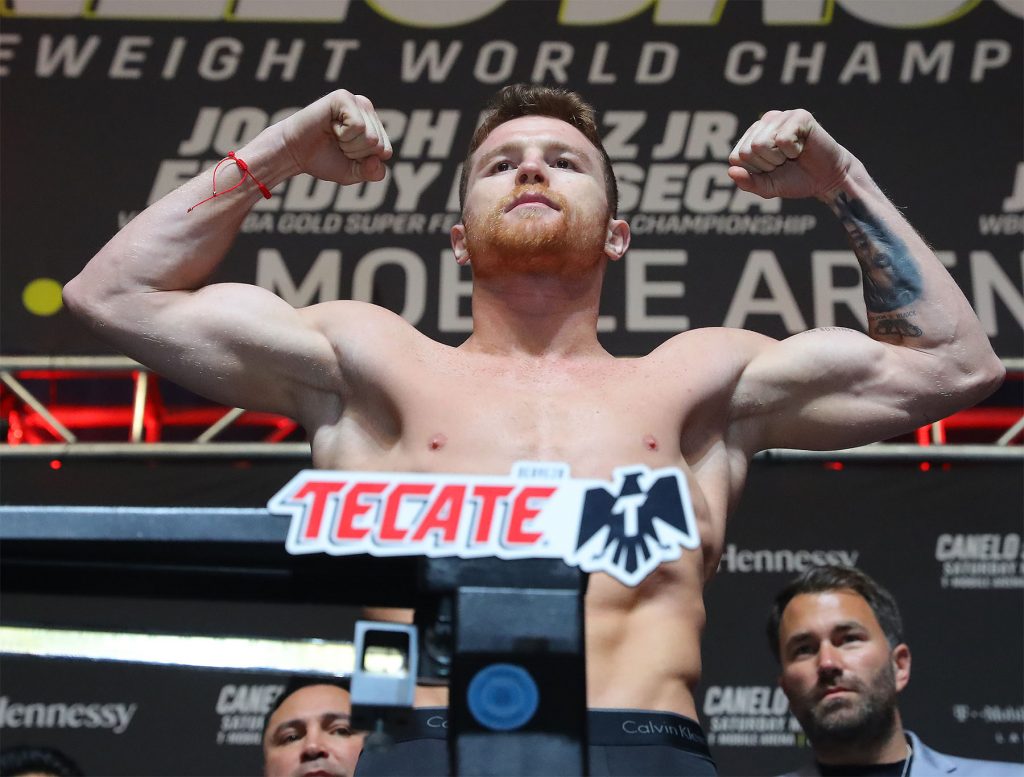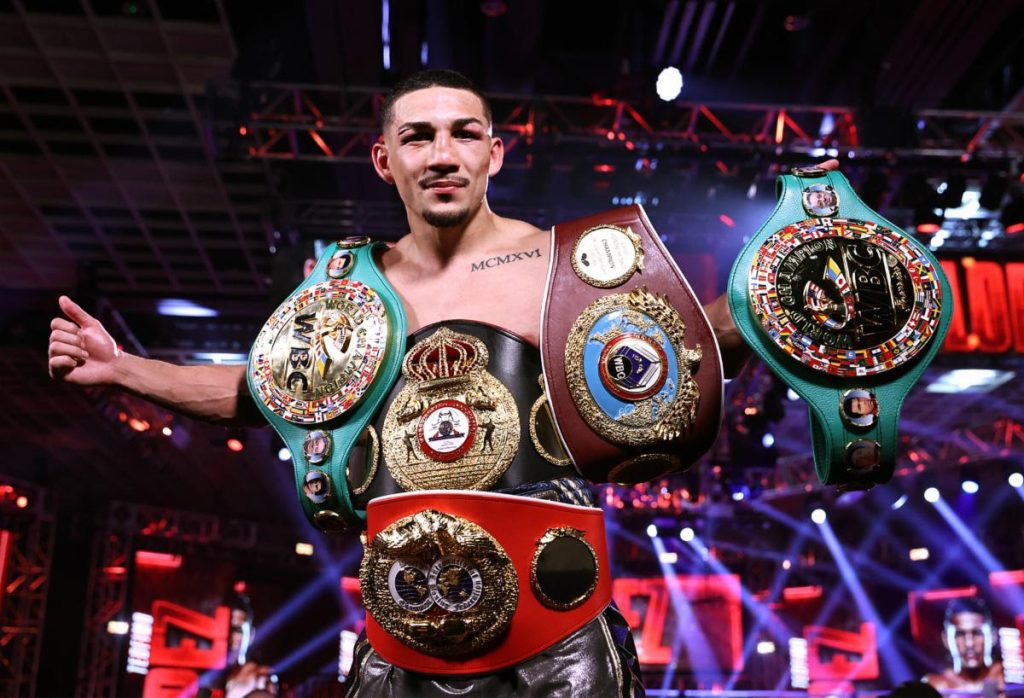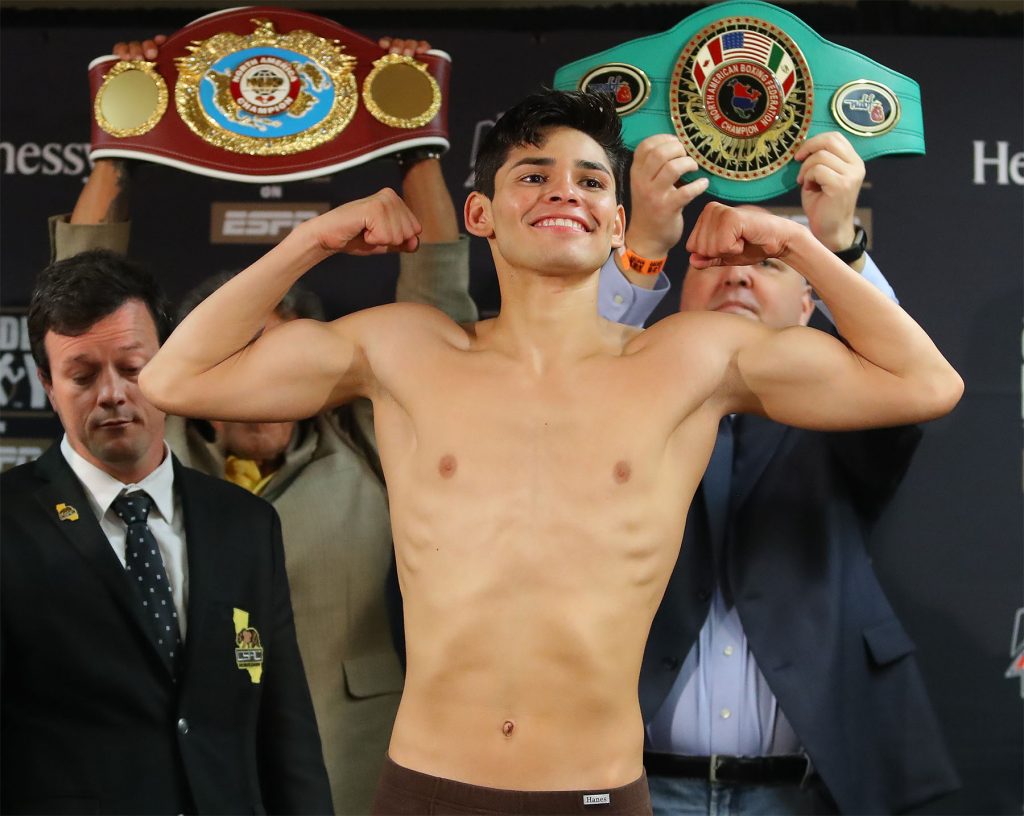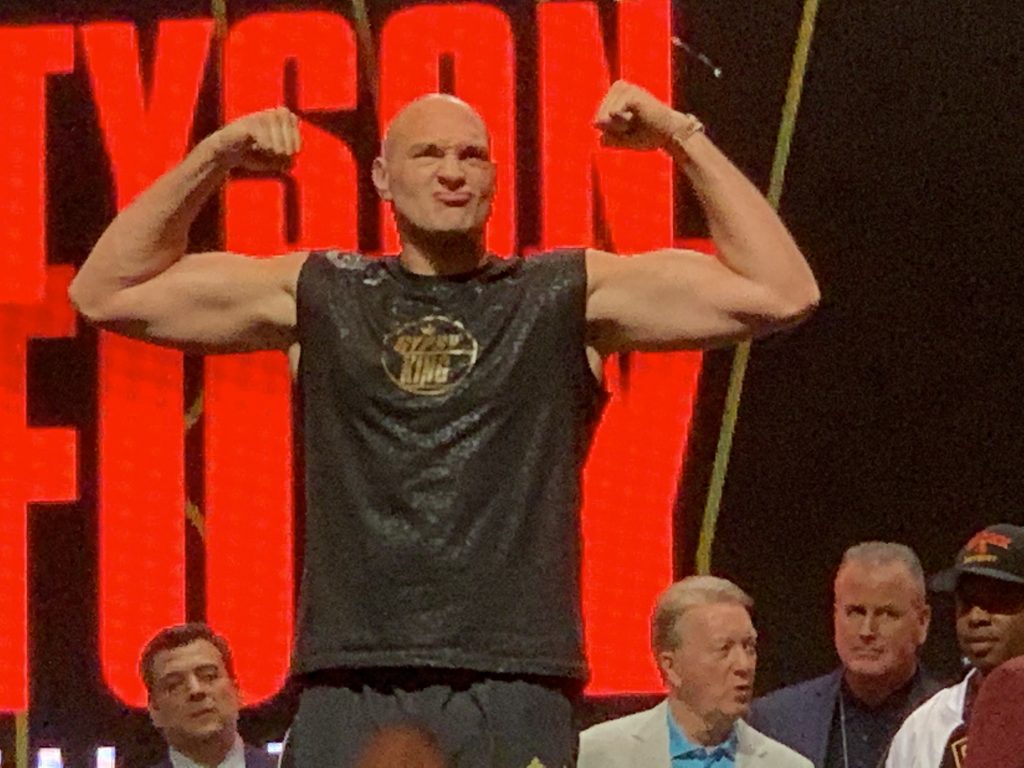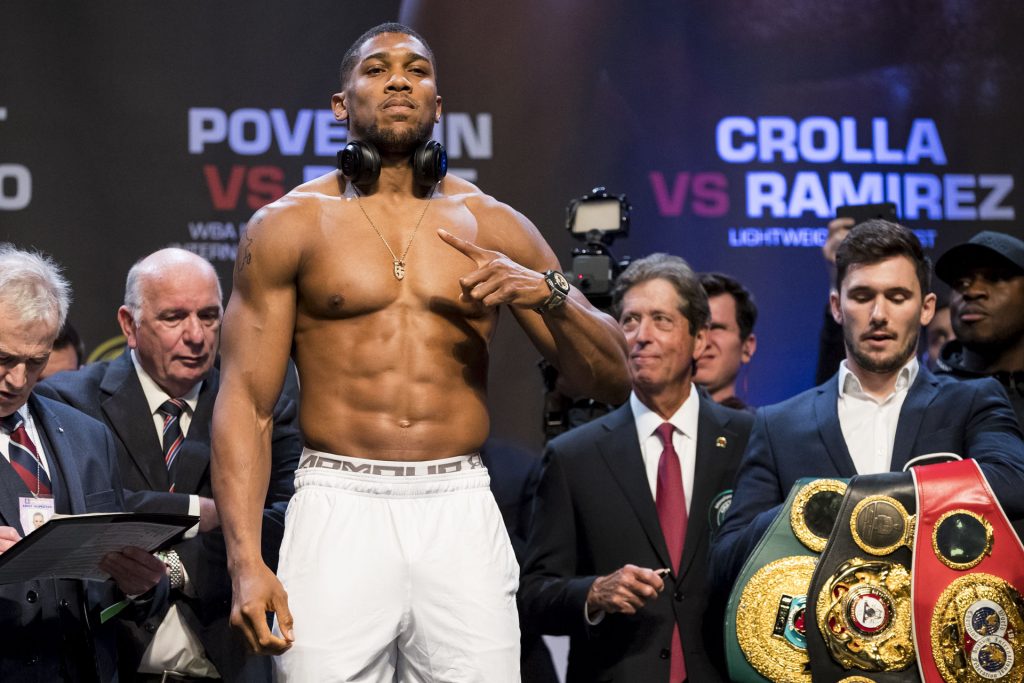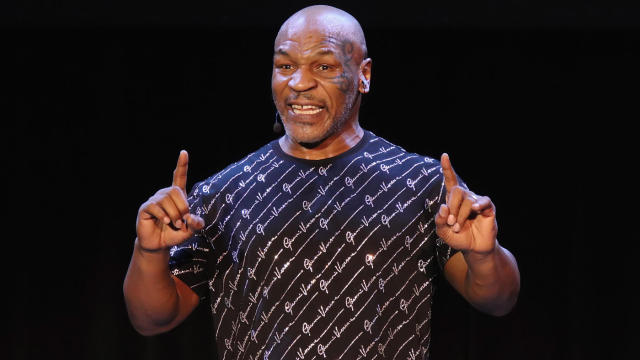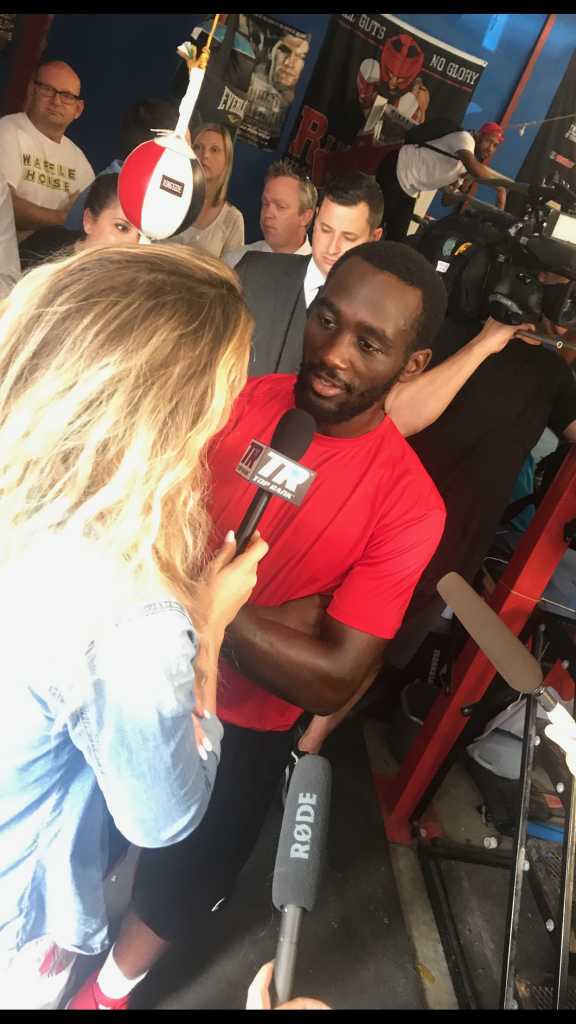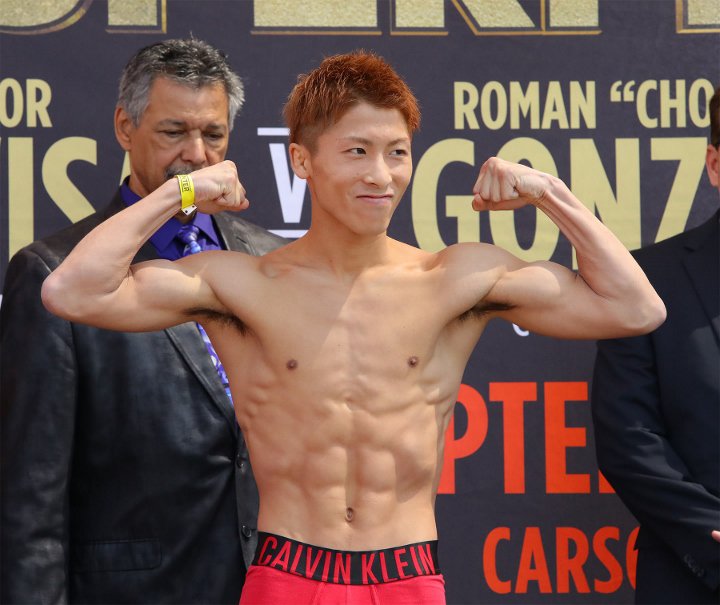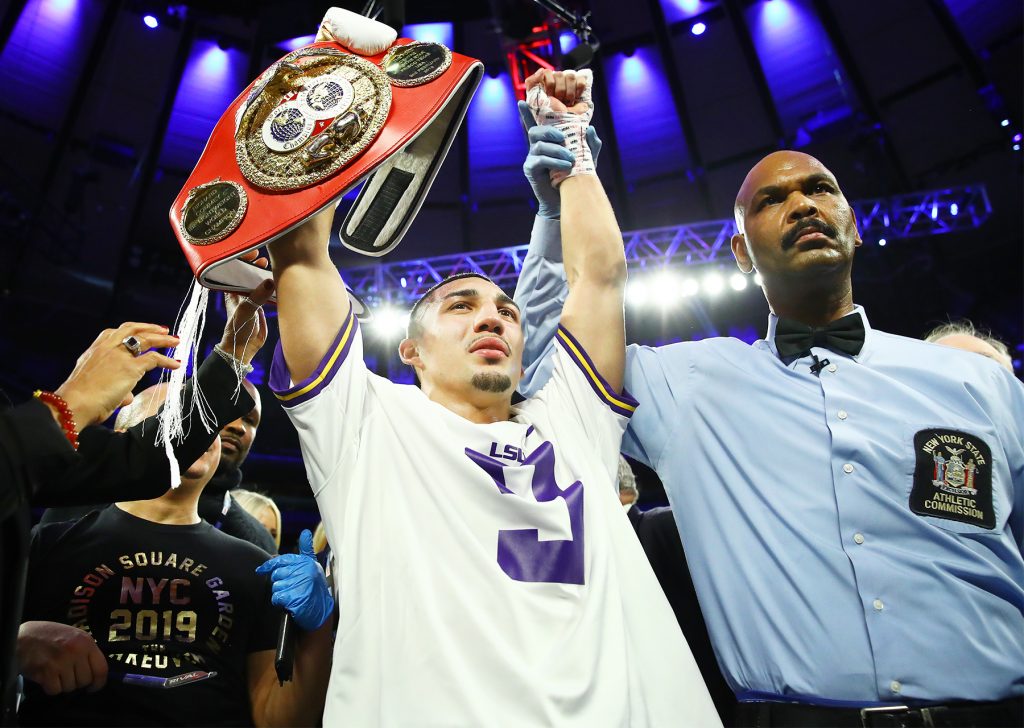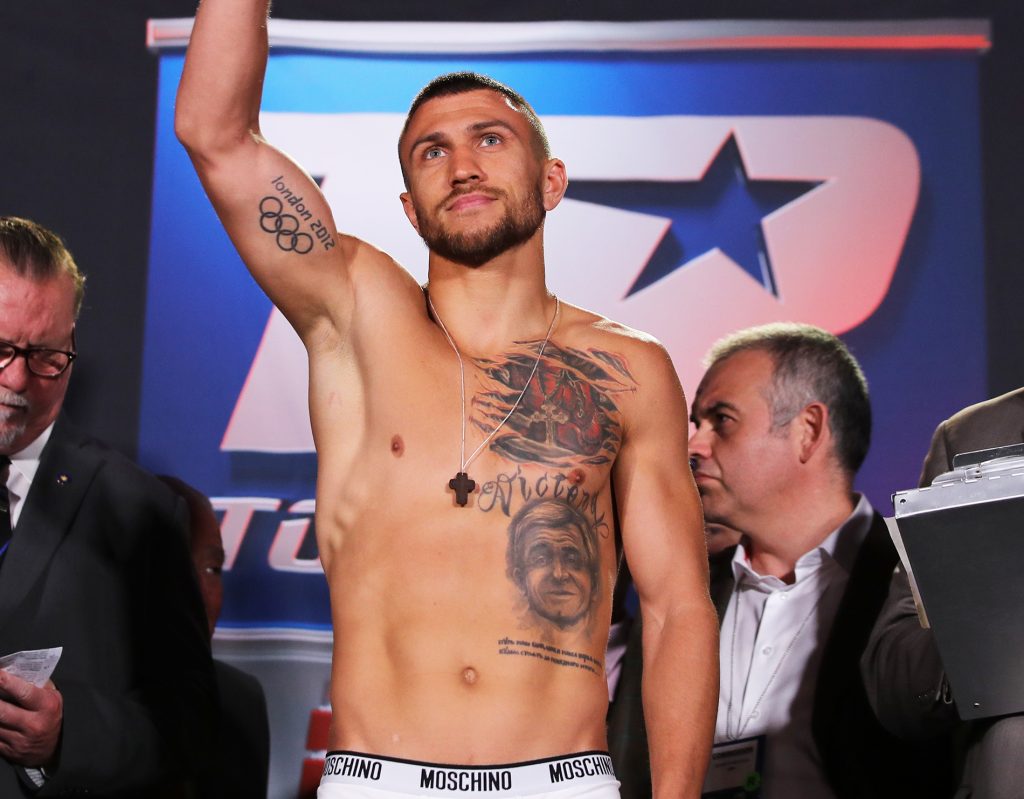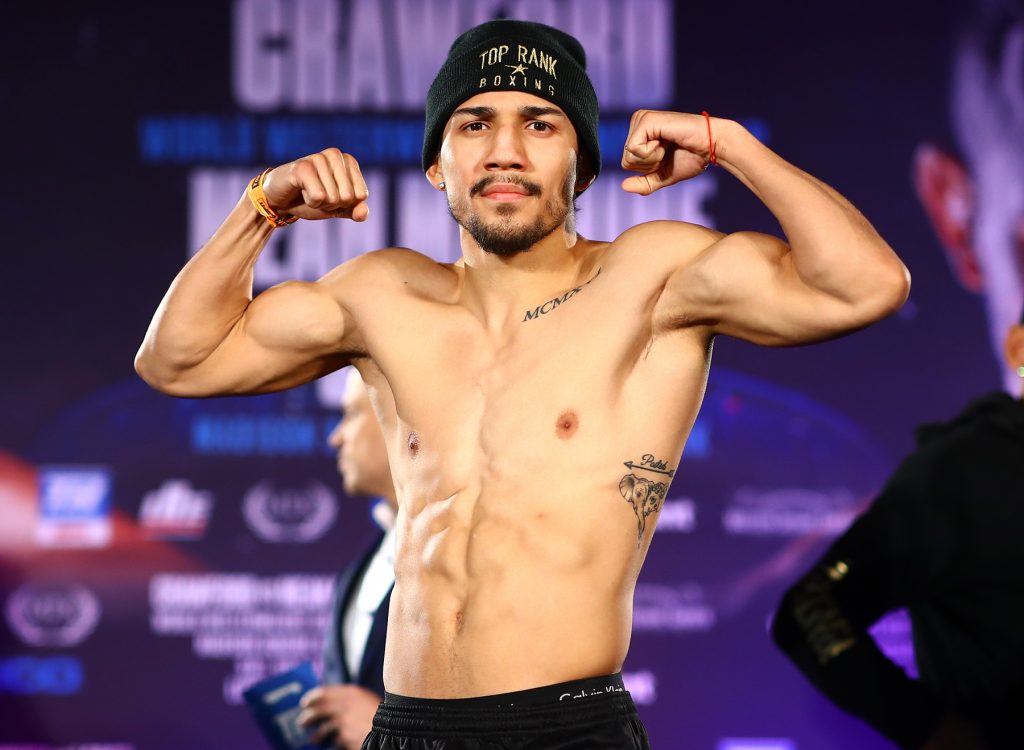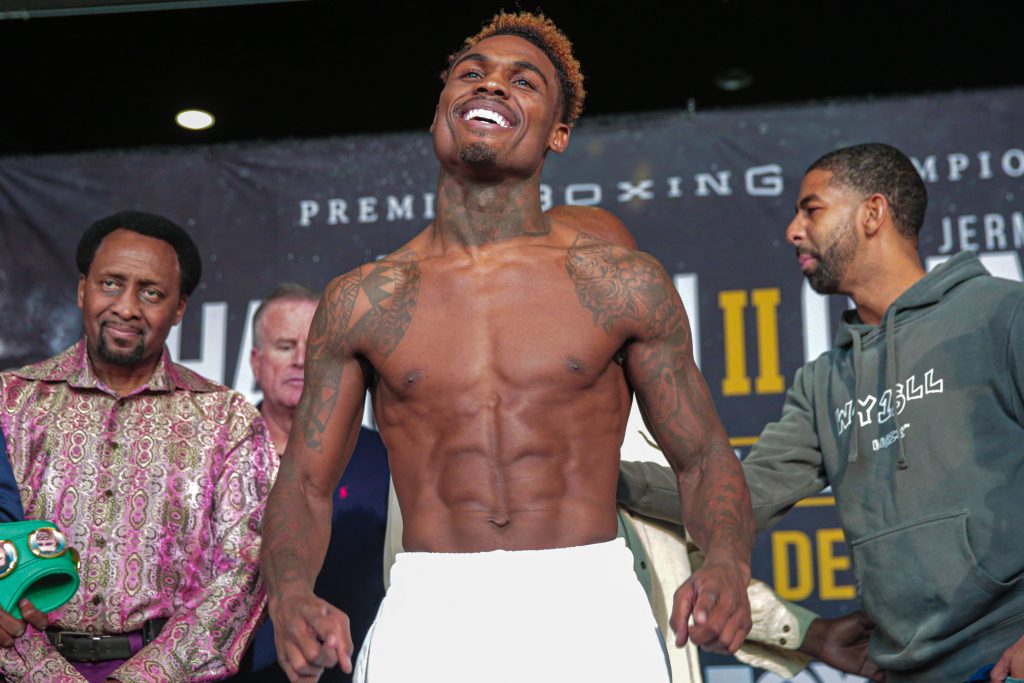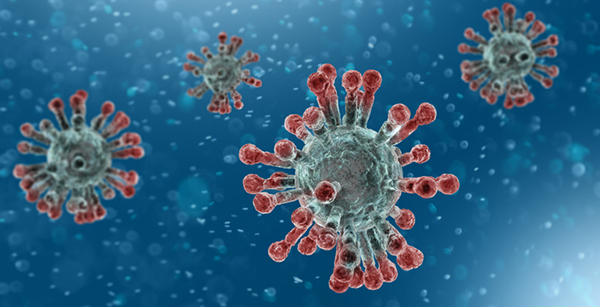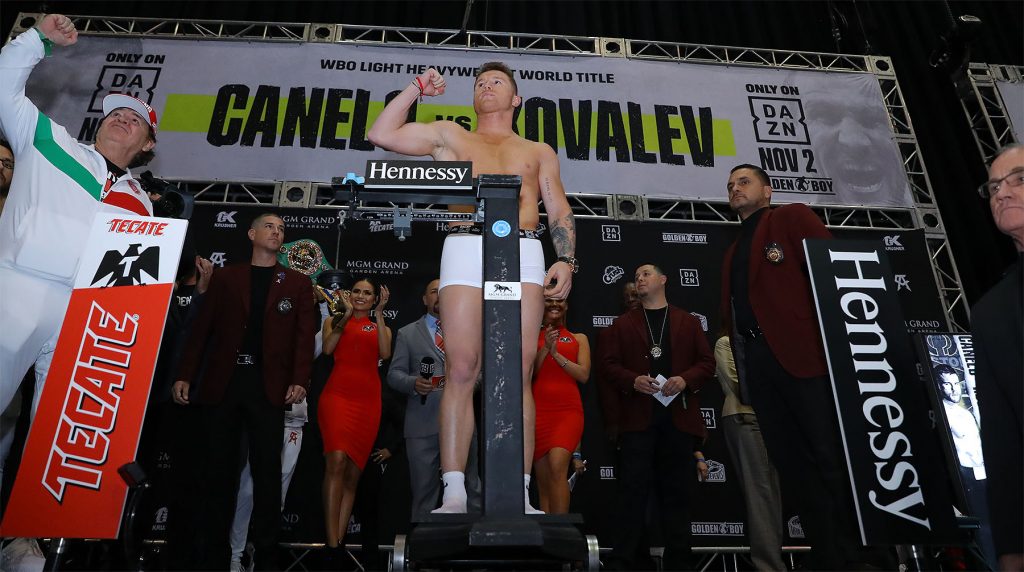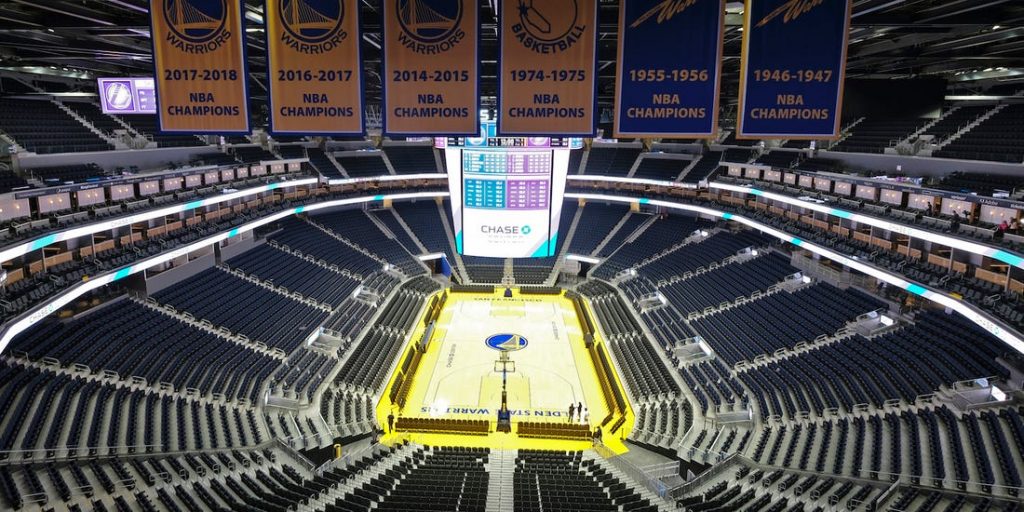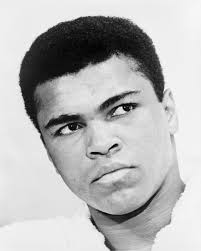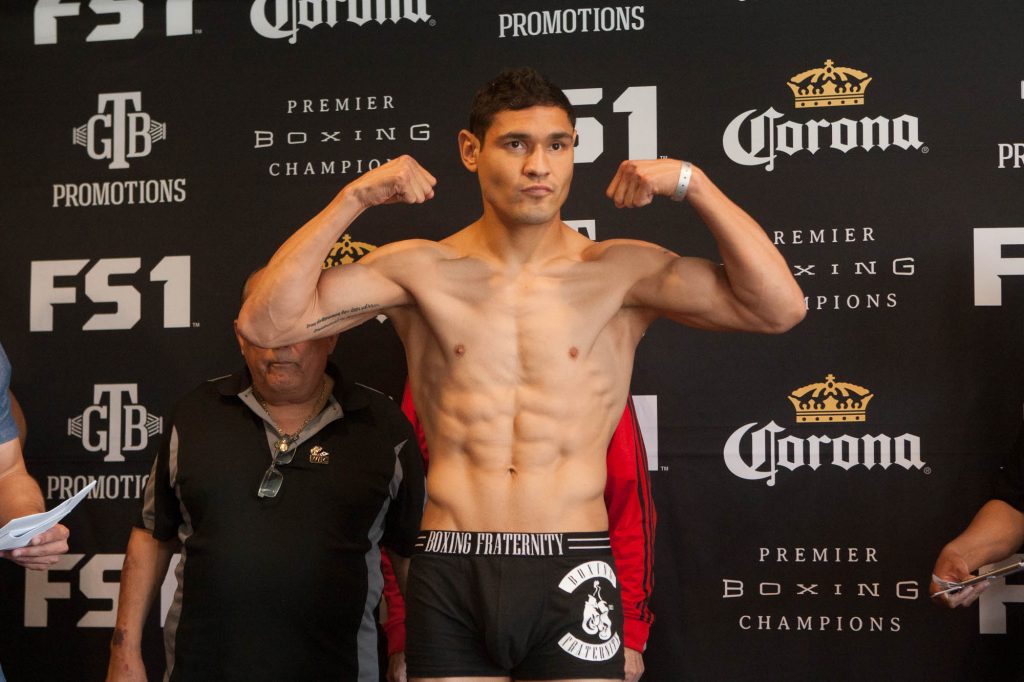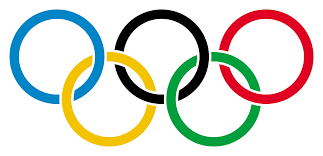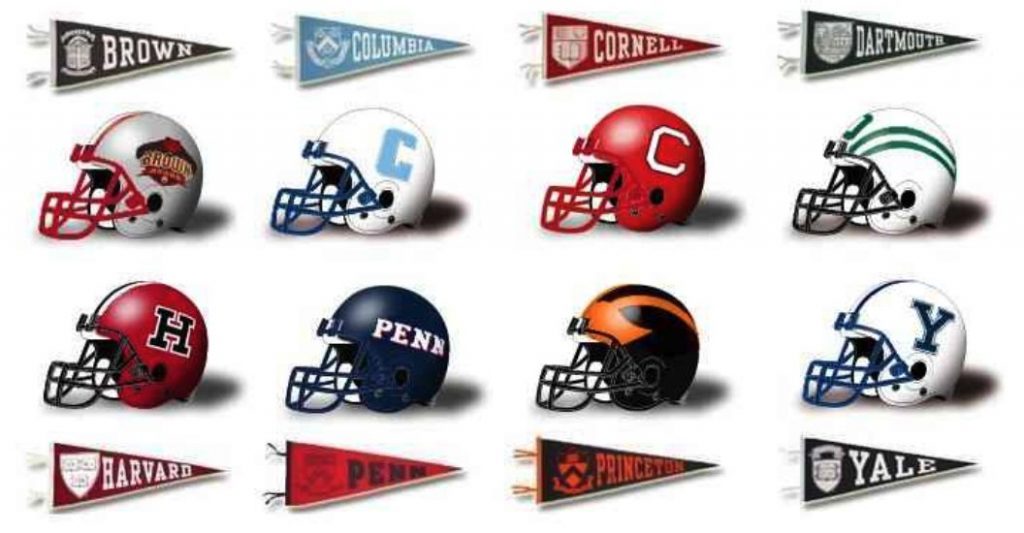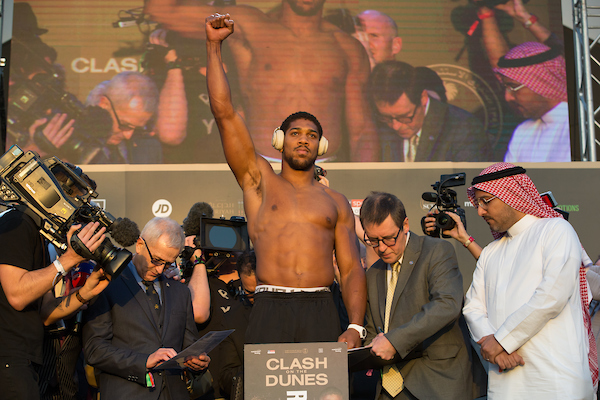Plant-Benavidez: A real chance to make it happen?
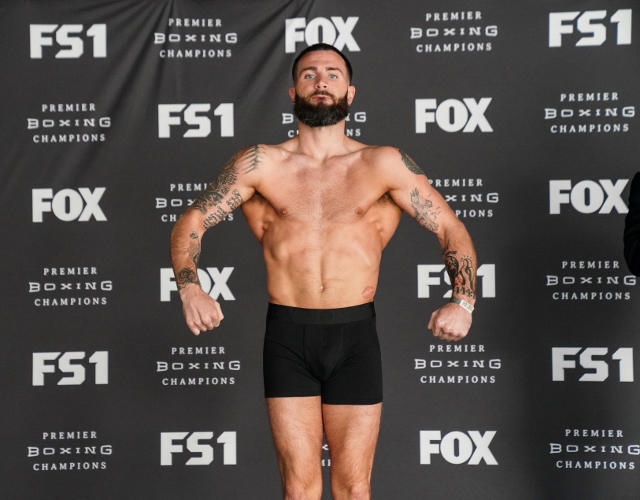
By Norm Frauenheim–
During days when there’s more talk about fights that don’t get made instead of those that do, promoter Eddie Hearn has an interesting idea involving the latest one to frustrate fans.
Caleb Plant-versus-David Benavidez has been near the top of the wish list for a couple of years, yet no amount of trash talk or apparent interest has moved it any closer to reality.
It’s right there, another fantasy fight consigned to never-never land. Maybe, it’ll show up as a co-feature on the Terence Crawford-Errol Spence Jr. card. Yeah right. Wait on. Dream on.
On the surface, Plant-Benavidez appears to be as unlikely as ever in the wake of Plant’s one-sided decision over Caleb Truax last weekend. Plant added a victory to his record and a loss to his reputation.
His skillset was exposed, shown to be wanting, especially in his hopes for a super-middleweight biggie with Canelo Alvarez. Perhaps, Plant’s performance was an aberration.
Plant had said he wanted to get past his mandatories. That’s all he did against Truax. He also could have been limited by a hand injury, which he said he suffered midway throughout the 12-round shutout.
Maybe.
Just maybe.
Abundantly clear to Hearn and everybody else in a surprisingly large FOX audience (1.887 million, peaking at 2.019 million, according to Nielsen), however, was that Plant isn’t ready for Canelo any more than Benavidez is.
Hearn suggested during an appearance on “The Ak & Barak Show” (DAZN and SiriusXM) that Plant and Benavidez meet in what would be an eliminator for the right to face Canelo, perhaps in September.
It makes sense
Maybe too much sense.
Remember, this is boxing, constant chaos.
In post-fight interviews after Truax, Plant repeated that he intends to wait on Canelo, who has a mandatory defense scheduled for Feb. 27 against Turkish challenger Avni Yildirim in Miami and then a title unification fight with UK belt-holder Billy Joe Saunders in early May.
From a promotional standpoint, Plant-Benavidez might inject some anticipation for Canelo’s next couple of bouts. He’s a 20-to-1 favorite over Yildirim. Those odds figure to multiply as opening bell approaches.
The Saunders bout promises to be a lot more competitive, yet Canelo still figures to be the favorite. Plant-Benavidez would just be another reason to talk about Canelo, who recently signed a two-fight deal with Hearn. Talk is also another way of turning up the volume on Canelo’s ongoing campaign for No. 1 in the pound-for-pound debate.
It would work, work on a couple of levels.
Then again, it could come apart because of that constant chaos, boxing’s only reliable business model. It’s not clear how serious Plant’s hand injury is. If it keeps the super-middleweight belt-holder out of the gym for a long stretch, a promotional idea remains on the wish list.
More problematic, perhaps, is Benavidez’ weight. Can he make 168 anymore? He failed the day before his stoppage of Roamer Alexis Angulo last August. It cost him his belt and an immediate chance at Canelo.
There’s talk that Benavidez is already in the 175-pound division. We’ll find out the day, March 12, before he fights Ronald Ellis on March 13 when he returns to the scene of the August scale fail at Mohegan Sun Casino in Uncasville, Conn.
That’s when and where Benavidez will be back on that scale as either a light-heavyweight or with a renewed chance to get back in line for Canelo.
